A cheese board is the perfect accompaniment to any meal and can even be served on its own with some drinks for a party evening. But to make the ultimate cheese board it’s important to get the right balance of ingredients to engage and delight your guests’ palates.
Clearly, the most important element is the choice of cheese but there are so many flavours and textures of other food that can really compliment the cheese and bring out the keynotes to further the enjoyment.
However, for the ultimate cheese board it’s as much about the presentation as it is about choosing all the perfect ingredients, after all, you are aiming to wow your dinner guests when you bring it out and present it to them.
So, the first step in making the ultimate cheese board is choosing your board. Here are some different options to consider:
Do you want a wooden cheese board?
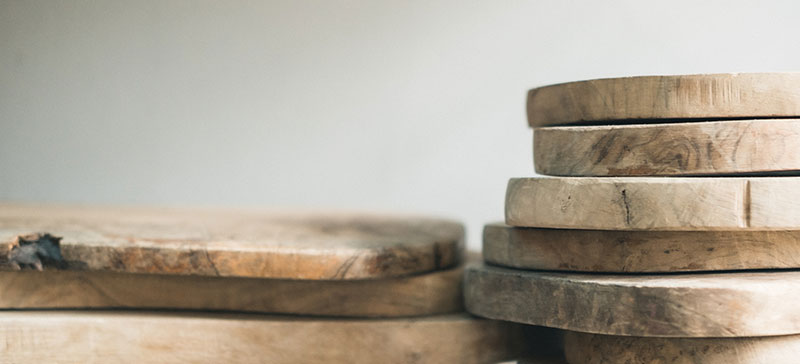
The most traditional cheese boards are made of hard wood and sealed so they have a beautiful finish and are still easy to wash and re-use afterwards. However, there are many different hardwoods to choose from so here are some of the most popular:
Teak
Teak boards are very popular as the wood has naturally beautiful patterns and is an environmentally friendly choice. It is also natural water resistant and very durable, making it a very practical choice.
Acacia
This is a semi-hardwood and is also very popular for cheese boards. It is again, very durable and sustainable and has a unique appearance to create a stunning board display.
Maple
What makes maple unusual is its light pale wood colour, making it an unexpected choice for a traditional cheese board, but perfect for the modern dining table.
Cherry
The rich red tones in cherry wood make it a very popular choice for food arrangements. Your arrangement will really stand out on a cherry wood cheese board.
Bamboo
Another very sustainable and environmentally friendly choice is bamboo, and these are surprisingly durable and long-lasting.
Walnut
If you are planning to include heated food in your platter, then walnut is the perfect choice as a cheese board it’s also heat resistant.
However, many people nowadays like to choose alternatives to wooden cheese boards, whether for environmental reasons, sustainability or simply because wood doesn’t really fit in with their dining room or kitchen décor.
But the good news is there are many non-wooden cheese board choices available to create the perfect cheese board so here are a few options that you might want to consider:
Slate
Slate is easy to clean and handle and it has the added advantage that you can write on it with chalk if you want to label your cheeses to make life easier for your guests.
Marble
Marble cheese boards are also popular due to their striking patterns and solid nature, but they can also be kept in the fridge safely as well.
The other thing to consider is what size and shape of cheeseboard you want, which will depend on the number of guests you have and how much food you are planning to serve. You can also buy a set of cheese boards and use different ones to serve different elements, rather than trying to cram it all onto one.
So, once you have your perfect board or series of cheese boards to use, it’s time to consider the ingredients that you want to serve on it to impress your guests. And of course, the most important of these is the selection of cheese.
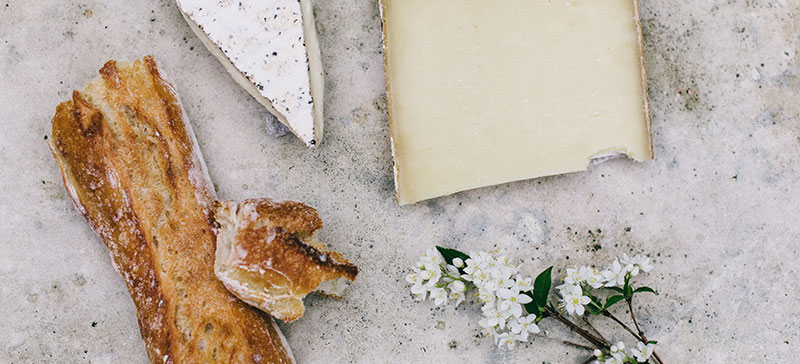
Choosing the perfect cheese for the ultimate cheese board
How many different cheeses you select will depend on the size of your cheese board but as a general rule, it’s more important to have a good variety than a particular number of cheeses for your board.
You don’t need to spend a fortune but for the perfect cheese board you do want to invest in good quality cheese. It’s best to go to a specialist cheese monger or the cheese counter at your supermarket to make sure you are getting the best and highest quality options.
To make a cheese board, you want to mix up your cheese options so be sure to include a hard cheese, a soft cheese, an aged cheese and a blue cheese, as a basic rule of thumb. That way you will get a variety of different flavours and textures for your guests to enjoy.
Here are some examples of what that could look like:
- Aged cheeses – Gouda, or Cheddar or Gruyere
- Soft cheeses – Goat’s cheese or Brie or Camembert
- Hard cheeses – Manchego or Gruyere or Edam
- Blue cheeses – Stilton or Roquefort
As well as choosing the different varieties of cheese, you need to think about how much cheese you should have on your cheese plate. Make sure you have enough of each one to go around. There is nothing worse than running out of the favourite cheese that all your guests want to sample.
A closer look at the best types of cheese for your epic cheese board
We have just touched upon the types and varieties of cheese that you need, as well as emphasising that you need to have enough to go round. So now, let’s look in more detail about the five most basic cheese choices that are essential for your perfect cheese board.

1. Manchego – a hard cheese
Manchego cheese is a great hard cheese choice, and it comes from La Mancha region in Spain. It is made with sheep’s milk and has an interesting nutty and tangy flavour. It has a rich feel and makes a great addition to a cheese board. Make sure your guests know not to eat the rind.
It can be served with sweet or savoury crackers, sliced ham, olives and nuts to bring out the flavours and it works well with sherry or red wines. You will need to take it out of the fridge half an hour before you want to serve it.
2. Gouda – an aged cheese
Choosing aged Gouda will bring variety to your cheese board. This semi-hard cheese is made from cows’ milk and comes from the Netherlands. It has a pleasant buttery taste, and the aged version has a stronger, sharper taste. You can identify aged gouda by its black wax coating.
It goes well with fresh bread, and sliced fruit such as grapes, apples and pears, and even dried apricots, which bring out its flavours. It can be paired with a flavoursome Merlot or even a dark rum at the table.
3. Brie – a soft cheese
When it comes to brie there are many different varieties to choose from and all will bring that flavour and texture which its famous for. You need to bring a brie out of the fridge at least an hour before you wish to serve it, to make sure it’s at its softest.
Brie is served best with sliced fresh bread or very plain crackers, and it also goes very well with grapes, apples and figs. You can also pair it with olives and ham. A nice red wine or a full-bodied beer go well to wash it down.
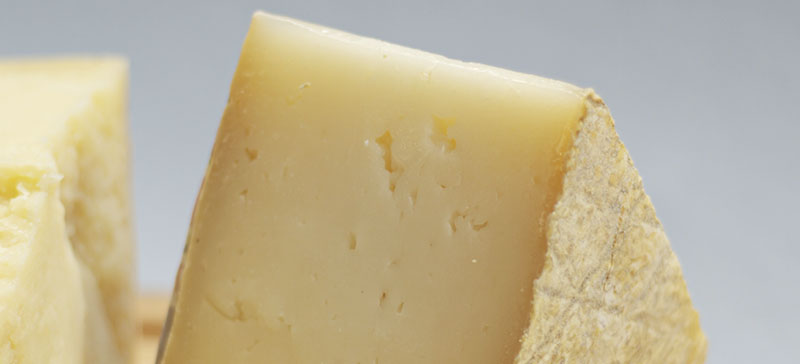
4. Cheddar – a hard cheese
There are many varieties of cheddar from very mild to very strong in flavour and for the ultimate cheese board a strong mature sharp cheddar is the best option. Cheddar can be either orange or white in colour.
You can enjoy cheddar with crackers and pair it with fresh fruits including strawberries, apples and pear. It also works well with meats like salami and pepperoni on some very fresh French bread as well. It pairs with red wine or light beer.
5. Goat cheese – a soft cheese
This cheese comes in a really broad range of flavours and strengths so you can really add to the variety on your cheeseboard with a couple of different goat cheese options. Aged goats cheese can be delicious, as well as the more mild and sweet varieties.
The great thing about goats cheese is you can pair it with many different food groups, from figs and berries to salami and olives, as well as peppers and cranberries. It needs to be taken out of the fridge an hour before serving and can be spread on fresh bread.
Now that we have looked in detail at all the different cheese choices, its time to have a look at what else you need to put on your cheese plate to pair with your cheese options and to really make this the ultimate cheeseboard that everyone will admire.
What else should be on the ultimate cheeseboard?
While the cheese is the most important choice for your cheese board, your guests won’t be able to enjoy it or savour the flavours unless you have paired the cheeses correctly with the best possible accompaniments so here are some cheese board ideas for your non-cheese items.
We touched upon some of the suggested pairings earlier, so let’s go through in detail what else should be on your ultimate cheeseboard, to bring out the flavours in the best possible ways.
1. A variety of breads
Bread is one of the key ingredients to enable your guests to enjoy their cheese, particularly for soft cheeses which will need to be spread. Make sure you offer a number of different types of bread to meet all your guests’ tastes.
Suggestions include a freshly baked and sliced baguette, traditional bread sticks, and a number of different types and sizes of crackers. The crackers can include seeded and flavoured ones but make sure you have plain available, so the cheese flavours are not overwhelmed.
The most important thing is to make sure you have enough bread for everyone to enjoy their cheese and that you don’t run out. Have a part-baked baguette handy in the oven so you always have fresh bread to hand.
2. Savoury accompaniments
While cheese and crackers are often joined by grapes or charcuterie, another element that pairs well with many of the strong cheese flavours are savoury items including olives, pickles, nuts and even mustards.
Have some little dishes on your board with savoury nibbles to add to the cheese including artichokes and roasted peppers. Pickled onions and cornichons also make great additions, along with almonds and cashew nuts. Salty, spicy and pickled flavours all work really well on a cheese board.
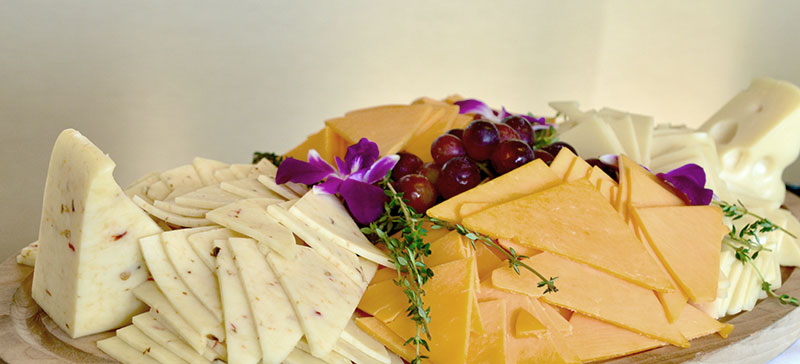
3. Sweet treats
For your guests who have a sweet tooth, be sure to add in some sweet treats to your cheese board to bring out the flavours. The most obvious choice is fresh and dried fruit slices and pieces to add to their cheese.
Fruits such as freshly sliced apples, pears and grapes are a must for any cheese board, but you can also be more adventurous with strawberries, cranberries and pomegranate. Dried apricots are another great cheese pairing.
The other sweet element to think about are small jars of jams and preserves such as fig and melon flavours, sweet chutneys and honey varieties as well. You could also go for candied nuts and fruit as well.
Some people even like to add chocolate to their cheese board but make sure it is high quality and perhaps go for something like a dark chocolate with chilli, to bring out those contrasting flavours.
4. Cold meats
If you have meat eaters coming to your evening, then you might want to consider adding some charcuterie and cold meats to your cheese board. The best choices to pair with cheese are salami, Parma ham and chorizo. You could also go with prosciutto and even mini jars of pate as well.
5. Quirky extras
If it’s a special occasion you might want to add in some quirky extras to mark the occasion, such as Halloween-themed sweets, or egg-shaped chocolate at Easter, but this is of course a personal choice for your cheese board.
Now that we have chosen the style of board, the cheese options and all the accompaniments, the next stage is to set up and prepare the ultimate cheeseboard so that it looks amazing and wows all the guests when it is presented.
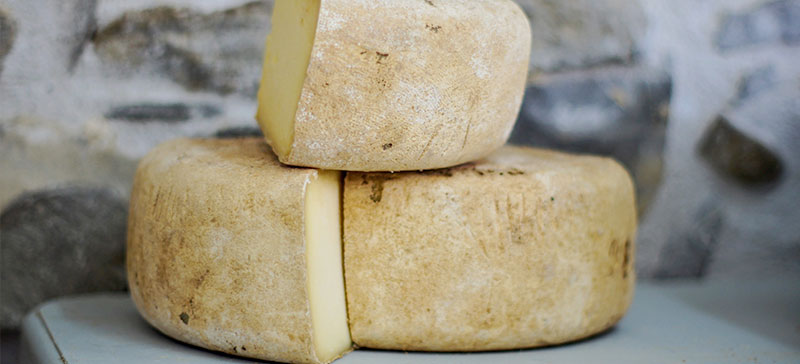
How to set up your ultimate cheeseboard
Preparing the cheese
You can prepare your cheese in advance by deciding which ones you are going to leave whole, and which need to have their rinds or wax coatings removed, and which need to be cubed or sliced for easier handling.
Your cheese should have been stored in the fridge until you are ready to prepare it – still wrapped in its paper and then inside a Tupperware box.
Make sure you take the cheese out around an hour before you plan to serve it, so it’s room temperature and ready to eat.
Remove it from the fridge when you are ready and then you can peel, chop and slice your cheese as required for your particular presentation choice.
Preparing your accompaniments
For your accompaniments you will need to decide how to serve these, so if you need any small bowls for things like almonds, nuts, fruit slices and other items, make sure these are all washed, dried and ready to be filled with the items.
You will need to open all of your charcuterie packs and make sure any meat that needs slicing is all prepared and ready in advance.
Fresh fruit will need washing, peeling and slicing ready for display, but these can be left to last so that the fruit doesn’t start to go brown and ruin your beautiful cheeseboard.
Prepare your board
Make sure your board or set of boards are all washed and laid out as you will be serving them and start by adding your cheeses first.
Spread them around the board so they are not touching each other and are easily identifiable from each other.
Next, add your bowls of savoury and sweet items, making sure they are mixed up and spread across the board so everyone can reach both savoury and sweet choices to go with their particular cheese choices.
Add the fresh fruit and the sliced meats last so that they don’t dry out. These need to be added just before you are read to serve.
You can place the slices of fruit and meat directly on the board, to fill empty gaps. Slices can be arranged decoratively, and meat can be rolled or folded.
For a really special finishing touch and to make your cheeseboard the talk of the event, you can add some decorative garnishes.
Focus on choosing seasonal items such as fresh herbs, flowers which are edible and whole fruits as decorations.
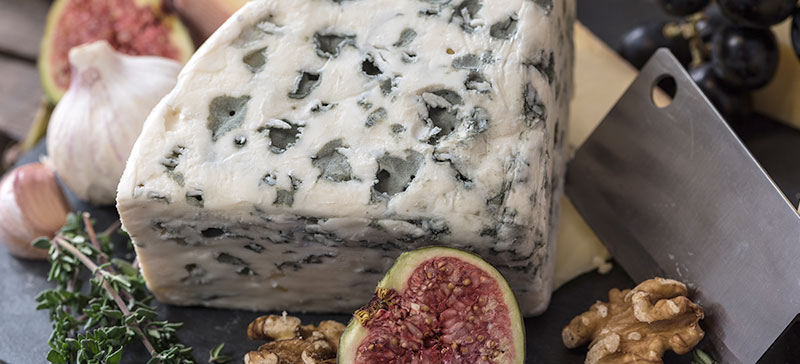
Getting ready to serve your cheeseboard
When to serve your cheeseboard is a personal decision. Some people serve it before dessert, others after dessert or even as an alternative to having a dessert at all.
It might be that you are only serving the cheese board on its own as a snack to enjoy while watching a film as part of a social evening, so the choice is entirely up to you.
When you are ready to serve up your cheese, make sure your guests also have the right drinks choices to choose from.
The traditional pairing for cheese is a good quality port or red wine, but there is nothing wrong with going for white wine with cheese.
Sweet wines can make a great pairing with stronger flavoured cheeses like stilton or Roquefort as well, so it’s always best to have a choice of drinks available and then your guests can go for whichever they prefer.
You can just let your guests dive in and choose whichever cheese they want to eat first, but the advice is to start with the soft cheeses first as they tend to be milder in flavour, then work up to the hard cheeses and aged cheeses, ending with the blue cheese.
This is because if you start with a strong blue cheese, it will then ruin the flavour of any other milder cheese that you might try afterwards.
Encourage your guests to try different accompaniments with their cheeses, including different breads, sweet and savoury items, to see what they like best.
Another tip for serving your cheese board is to provide a different cheese knife for every cheese, as there is nothing worse than mixing up the cheeses due to using the same knife for all of them.
You will also need to provide regular knives for spreading the soft cheeses on bread and crackers.
Here are some final tips to really make yours the ultimate cheeseboard
1. Make sure to offer the most variety of flavours and tastes possible, with sweet and savoury, strong and mild, salty and fruity, the more combinations people can try, the better your cheeseboard will be.
2. Make your cheeseboard a sensory experience with lots of choices of textures. You can look at gooey cheeses, crisp crackers, crumbly cheeses and crunchy accompaniments. Add in as many different textures as possible.
3. Help your guests to learn about the different cheeses by providing cheese labels or markers for them. You can use little flags in each cheese to indicate what it is and what type of cheese it is
4. Provide a menu with suggested pairings for each cheese, including the right bread, meats, wine and savoury or sweet extras, so that your guests aren’t intimidated and worried about getting it wrong.
5. Always make sure you serve all the cheese at room temperature so that its ready to eat and not too hard or cold. This will ensure the flavours will all be at their best for your guests to really enjoy and savour.
6. Don’t forget to provide your guests with everything they will need to serve themselves, including forks, knives, toothpicks for olives, napkins for their hands and of course plates to pile high with their cheese choices.
And there you have it, the complete guide to making the ultimate cheeseboard which will undoubtedly impress all of your dinner guests as well as enabling them to explore different tastes.
Have family or friends who are mad for cheese? Check out our range of cheese hampers and gifts for the perfect present.
